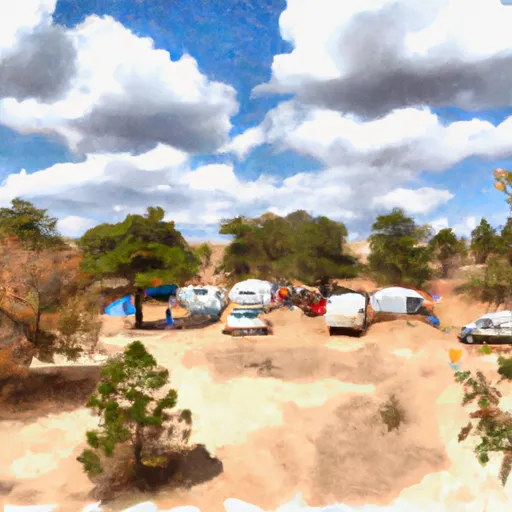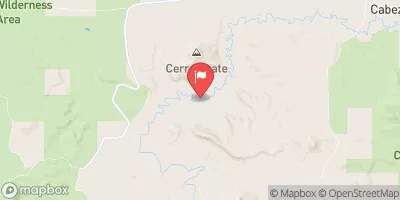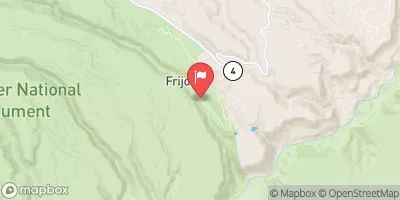Summary
The fishing site is known for its abundant fish species, beautiful scenery, and nearby activities. The site is stocked with rainbow trout and catfish throughout the year, making these two species the most prevalent in the area. Other fish species that can be caught in the area include largemouth bass, bluegill, and crappie.
In addition to fishing, visitors can also enjoy other activities such as hiking, biking, and camping. The nearby Quebradas Backcountry Byway is a scenic drive that provides stunning views of the surrounding mountains and canyons.
For those looking to improve their chances of catching fish, it is recommended to use bait such as worms, power bait, or salmon eggs. It is also recommended to fish during early morning or late afternoon hours when fish are most active. The best time to visit Las Casitas Fishing Site is from late spring to early fall when the weather is mild and the average temperature ranges from 60-80 degrees Fahrenheit.
Overall, Las Casitas Fishing Site is a great destination for anglers and outdoor enthusiasts looking for a fun and relaxing getaway. With its variety of fish species, nearby activities, and beautiful scenery, it is a must-visit spot in New Mexico.
Weather Forecast
Nearby Streamflow Levels
Angling Safety Guidelines
Check local fishing rules, seasons, size limits, and license requirements to ensure legal and sustainable angling.
Handle Fish Responsibly
Use wet hands, minimize air exposure, and release fish gently to improve survival rates when practicing catch-and-release.
Choose the Right Gear
Match your rod, line, and tackle to the species and conditions to increase success and reduce unnecessary harm to fish.
Respect the Waterway
Avoid disturbing habitat, prevent bank erosion, and keep a safe distance from spawning areas to protect ecosystems.
Keep It Clean
Pack out all line, hooks, bait containers, and trash—discarded gear can injure wildlife and degrade waterways.
Related Links
Area Campgrounds
| Location | Reservations | Toilets |
|---|---|---|
 Vista Linda Campground
Vista Linda Campground
|
||
 Vista Linda - Jemez Springs
Vista Linda - Jemez Springs
|
||
 Paliza Group Campground
Paliza Group Campground
|
||
 Paliza
Paliza
|
||
 Paliza Family Campground
Paliza Family Campground
|
||
 Jemez Falls
Jemez Falls
|

 San Diego Fishing Site
San Diego Fishing Site
 La Junta Fishing Site
La Junta Fishing Site
 River's Bend Fishing Site
River's Bend Fishing Site
 Bluffs Fishing Site
Bluffs Fishing Site
 Rincon Fishing Site
Rincon Fishing Site






 Lower Vallecito Dam
Lower Vallecito Dam